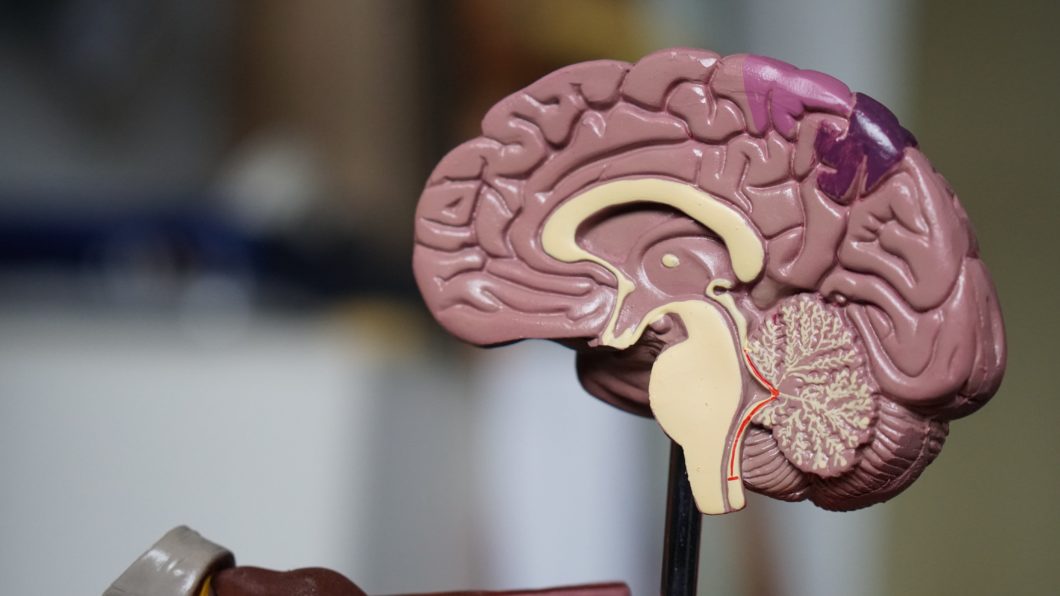Concussions, they happen every day. If you read our blog on screen-time, you know excessive hours tilting your head downward can cause some clumsy tendencies. Tripping, falling, walking into walls… and bumping your head on more than one occasion. Truth is, repeated sub-concussive impacts can be just as damaging over time as confirmed concussions. They are usually left undiagnosed because they normally don’t show any symptoms.
While reading this, you probably know or are someone who suffered from concussions. That’s because they are so common! There are about five hundred thousand to two million concussions that occur per year in North America. Most are the result of sporting accidents, but every hard knock on the noggin is cause for concern.
Acute Concussions
Those who suffered a head injury in the past 24 – 48 hours, probably have an acute concussion. Seeking medical attention at your nearest hospital is the best course of action. Complete physical and mental rest is prescribed, and most cases will recover in the first 10 days. More severe cases may last about a month.
Post Concussion Syndrome
In roughly 15% of cases, concussion symptoms persist beyond one month. This is Post Concussion Syndrome, or PCS.
Left untreated, the symptoms can continue forever! Symptoms include, blurry vision, headaches, dizziness, nausea, light & sound sensitivity and Postural Orthostatic Tachycardia — a medical condition where your heart starts to race whenever you sit or stand.
In addition, symptoms may become more intense if you are stressed or physically overexerted.
What Does It Affect?
People develop problems with thinking, memory, movement and emotions. The reasoning was unclear until a team of researchers began to analyze injured brains of deceased patients. New studies found greater signs of blood vessel damage than nerve damage after preforming post mortem scans (1). Researchers discovered that mircobleeds often predict future health problems, and disabilities for people with concussions.

How Osteopathy Can Help
The brain requires a whopping 20% of the blood flowing from the heart. This constant blood flow needs to keep up with the heavy metabolic demands of the neurones (2). Since concussions cause microbleeds, the blood flow in the brain is limited and needs to be replenished.
Our Osteopaths are experts in body composition, and utilize their knowledge to aid concussions. Improving body alignment from the neck down to the feet provides the brain the best chance to heal. Proper cervical (neck) alignment, and draining the lymphatic duct under the collarbones, secures good blood flow and nerve supply to and from the brain.
The physical therapist provides a gentle assessment of motion restrictions through each of the 8 cranial bones, and 14 facial bones. This determines the extent of the injury, and how the therapist should proceed with Osteopathic Manual Treatment.
Therapy improves the free flow from the cranium to the sacrum, maximizing the body’s systems of self-regulating and self-healing capabilities. Treatment includes balance training, exaggeration, disengagement, direct articular release and much more. Following with the tissues, bones and body needs ultimately improves your health and symptoms.
Wondering if treatment is right for you? Book an appointment for an initial assessment today.